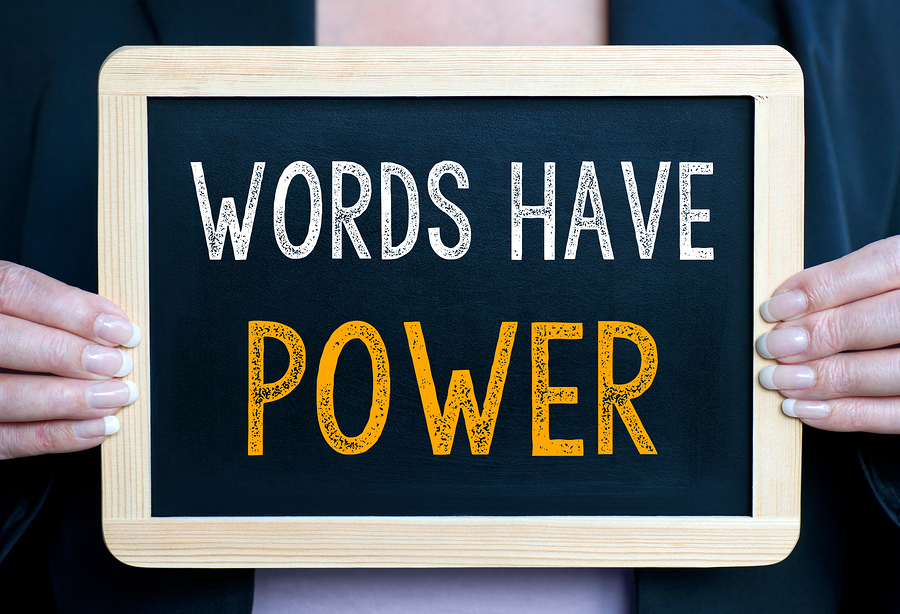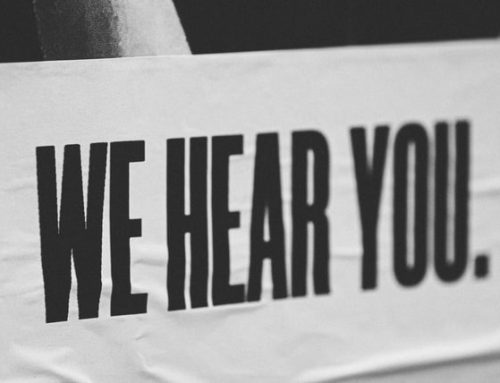During a verbal exchange, the actual content of what we say account for only 38% of the communication itself. The remaining 62% influencing our interlocutor’s response is a mixture of the words we use, our tone of voice, facial expression and general body language.
In a call centre, where there is no visual contact, using the right language is therefore all the more crucial to communicate effectively. However, whereas companies will readily offer training on how to deal with angry customers, the basics of verbal communication is often neglected.
There isn’t always a need to review all your scripts in order to improve your agents’ ability to deliver great customer service, Neuro Linguistic Programming or NLP is the art of effecting small changes in the way we talk that translate into positive outcomes.
The power of empathy
We all want to be listened to, and many conflictual situations can be defused with the reassurance that we are being understood. But how to convey this over the phone in a professional manner can be challenging.
The first step is to actively listen to what customers are saying, and understand what else they may mean. They may be unhappy because an item they ordered hasn’t been delivered, but if it was a birthday present for a loved one, it will be much more than a mere logistics problem to them.
Addressing underlying emotional issues on a subconscious level can make the difference between an irate customer and a satisfied one. Using phrase such as ‘You, like me…’ or ‘We, like you…’ for example, bring customers and call agents on the same side, two parties aiming at resolving a problem that affects them both.
Build rapport quickly
NLP established that there are three main communication types: the visuals who see the world; the auditories who hear it and the kinaesthetics who feel it; each with a preferred communication style. For example, a visual caller will respond better to ‘How does this look to you’ than ‘How does this sound to you’, although they convey the same idea.
Not being aware of this preference can lead to mismatched styles of conversation which won’t necessary lead to disastrous consequences but won’t earn you Customer Service of the Year awards either. Training your staff so that they are able to identify quickly which type customers they are talking to will help them build rapport more easily.













